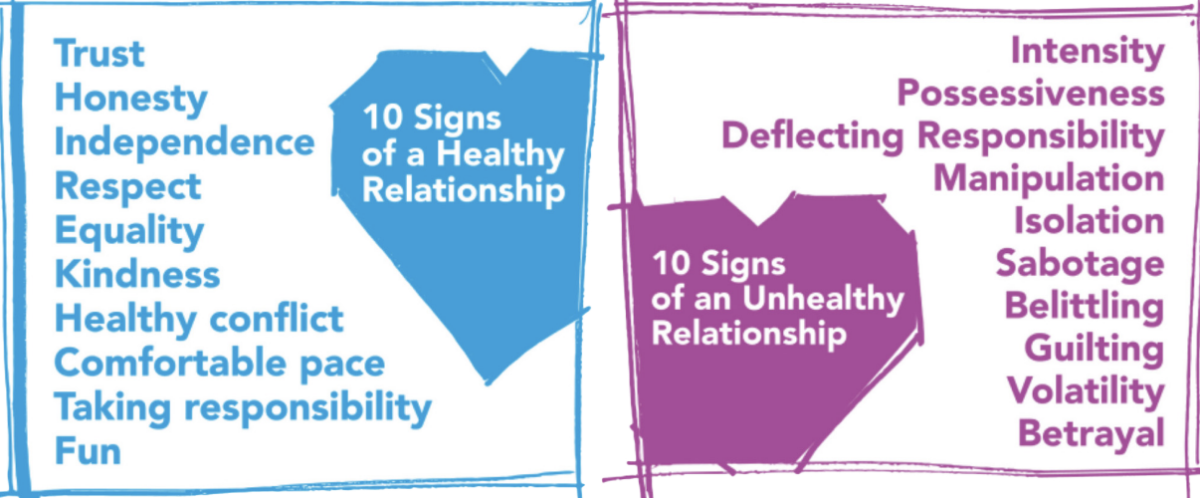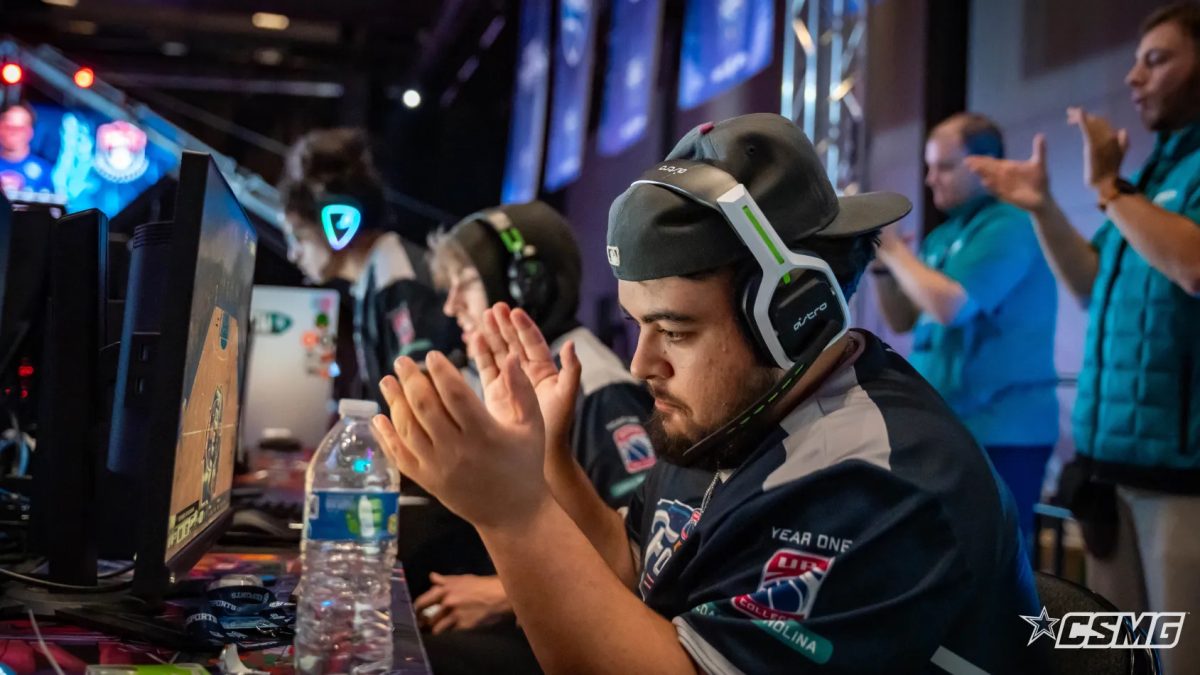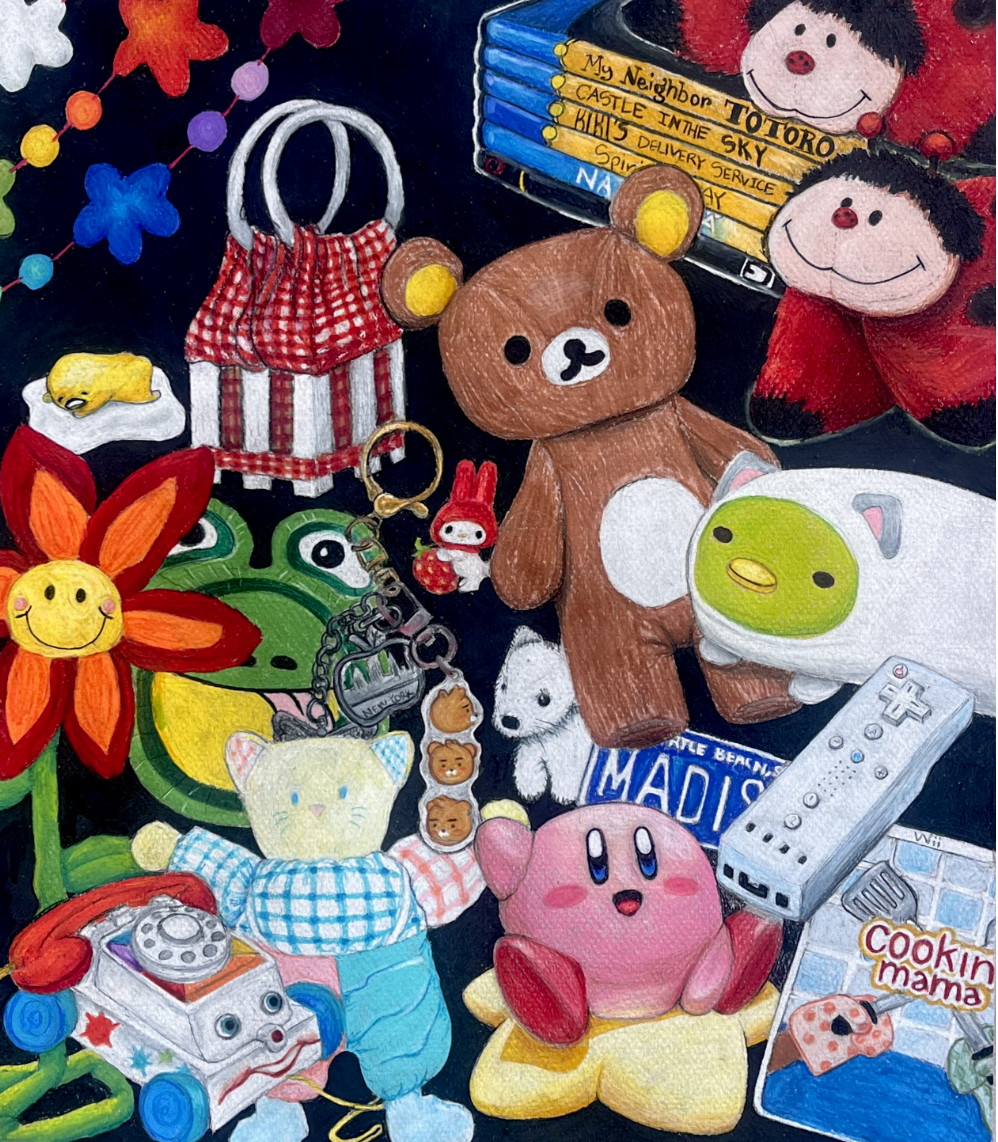The “Barbie” movie quickly became a cultural phenomenon as audiences united in pink to witness the existential crisis of the quintessential Barbie. The film, starring Margot Robbie and Ryan Gosling as Barbie and Ken, shattered records and is now ranked No. 1 for Warner Bros’ highest grossing film at $1.4 billion.
Director and Screenwriter Greta Gerwig created a self-aware comedy that poked fun at gender stereotypes and consumerism, all while validating the insecurities and frustrations that accompany life as a woman. Gerwig established Barbie World as a place where perfection is effortless and heels are comfortable. That is until Stereotypical Barbie, Robbie’s character, began to malfunction after she blurted out thoughts of death during a dance number.
An appointment with Weird Barbie, portrayed by Kate McKinnon, told her she must venture into the real world and seal the portal between herself and the girl playing with her, so she won’t develop the forbidden cellulite.
Much to her dismay, Barbie is joined by Gosling’s dopey eyed, helplessly in love, Beach Ken. In my opinion, Gosling’s performance in the film stole the show. His discovery of patriarchy upon entering the real world, after only existing in a reality where women are sole leaders, inspired a horse trotting, fur coat wearing takeover. Which, I saw as a mistreated man acting out of hurt because Barbie was not kind to him.
Perhaps her dismissal of him was a reversal of what happens in reality, but men get hurt too. After he transforms Barbie’s Dreamhouse into Ken’s Mojo Dojo Casa House, there are intentional shots of him longing for Barbie.
The Barbies utilized the love the Kens had for them to restore their roles of power. The first step was to display acts of helplessness. One Barbie said she had never seen “The Godfather,” and women across generations were tickled by the familiarity of suffering through mafia flicks to appease our partners.
Despite the relatability and comedic tropes, I will say the plot of the film was a mess. I left the theater underwhelmed, but I couldn’t quite identify why.
There was not a focused theme. Yes, life changes and feminism are inspiring, but it seemed to go back and forth between a cartoonish spoof and a heartfelt tale.
Youtuber and Barbie enthusiast, Micarah Tewers, reviewed the film on her channel and eloquently explained the problems.
“There were sort of two plots,” Tewers said. “You have two villains. Two all-knowing fairy godmother type characters. Two versions of the real human world.”
Will Ferrel’s portrayal of the Mattel CEO was funny at times, but ultimately reached no conclusions. The Mattel board itself was an unnecessary part of the film. Perhaps that is a metaphor for what they actually do: Nothing.
The production team, however, excelled with a cohesive, aesthetically pleasing set and costume design in the Barbie world. Costume designer Jacqueline Durran drew inspiration from decades of Barbie outfits that will surely inspire Halloweens for Barbies and Kens for many years to come.
Production Designer Sarah Greenwood and Set Decorator Katie Spencer did a phenomenal job in creating an immersive experience into the bubbly and fabulous Barbie world. It filled me with nostalgia as my own Barbie Dreamhouse was brought to life.



















